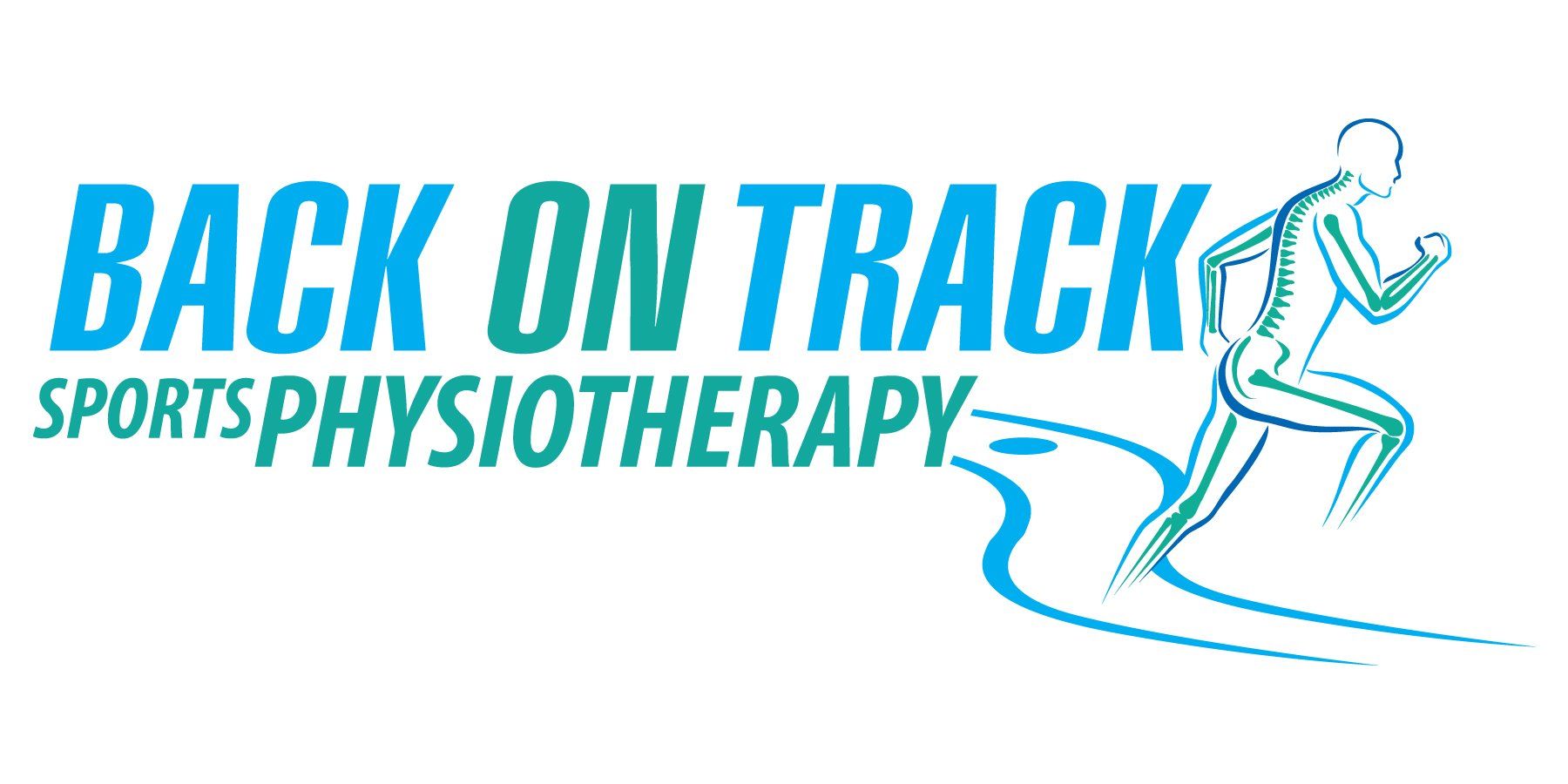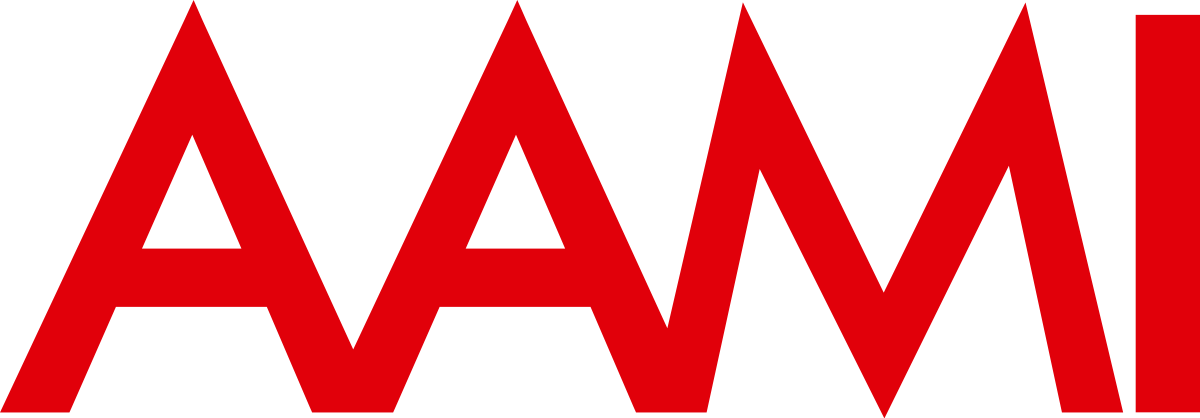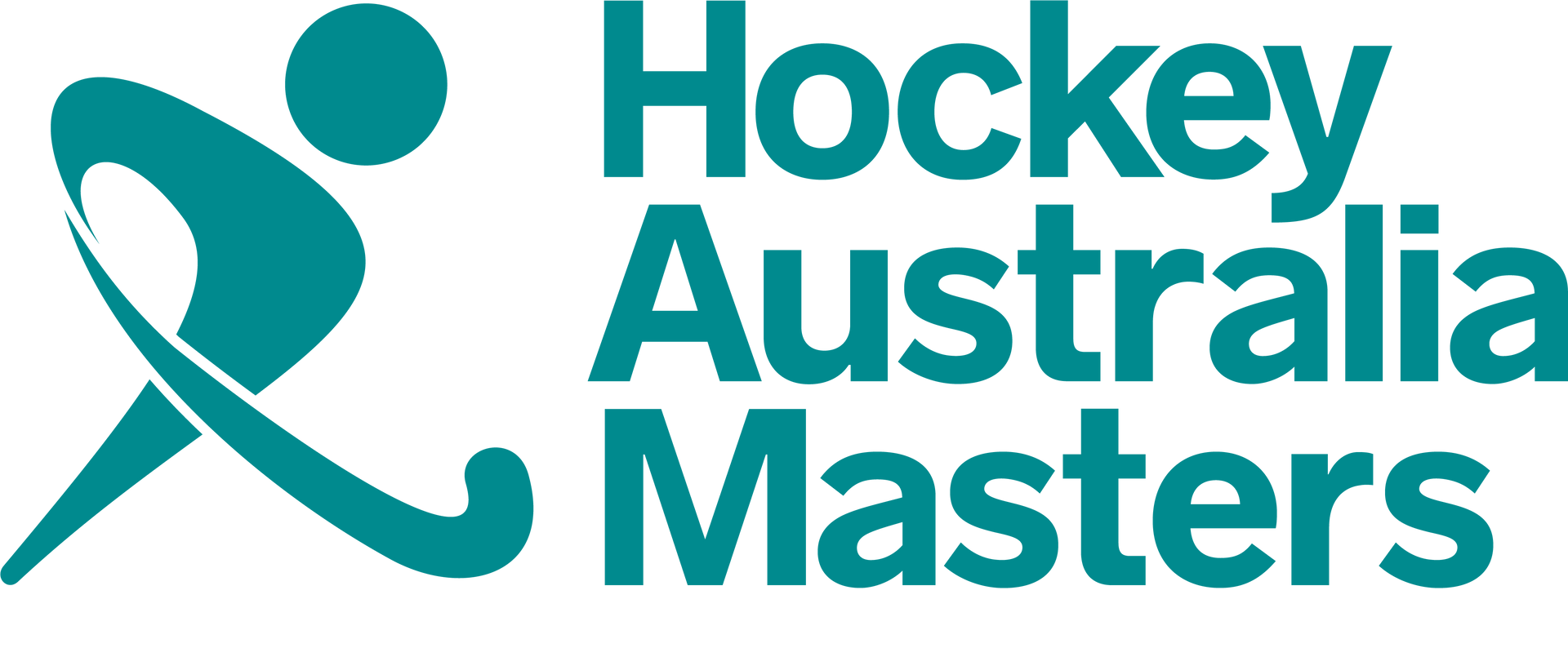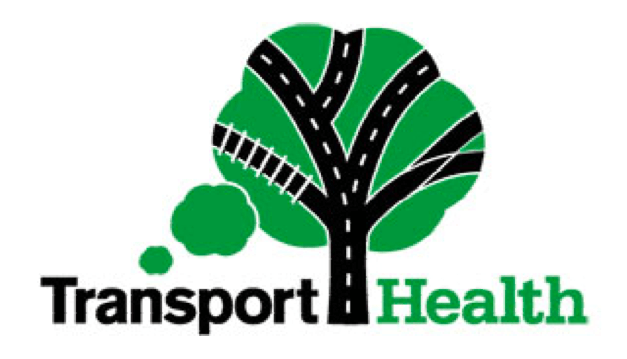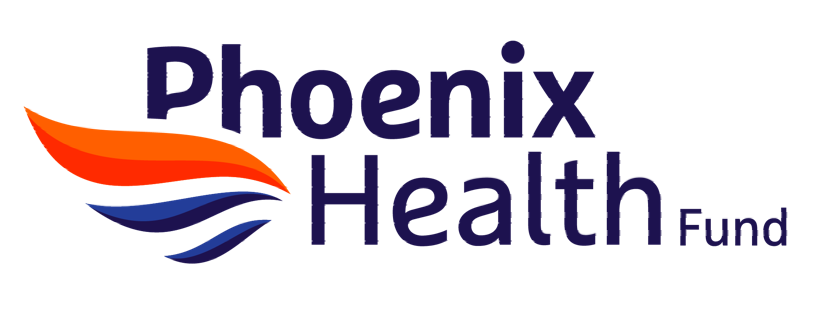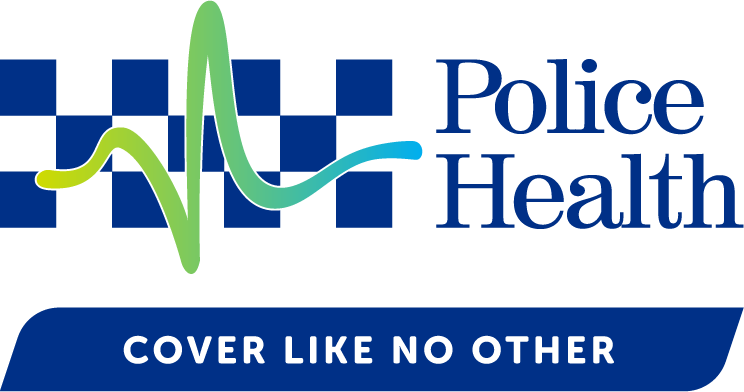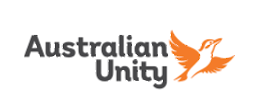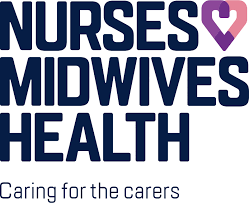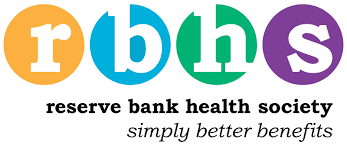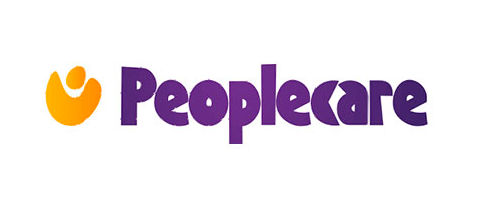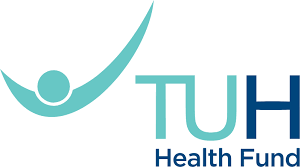Open 7 Days
Lower Back Pain Relief With
Physiotherapy in Melbourne
If you’ve been dealing with lower back pain, whether it came on suddenly or has been building up over time, you’re not alone. It is one of the most common reasons people seek physiotherapy. At Back On Track Sports Physiotherapy in Glen Iris, we often hear the same story: "I thought it would go away on its own, but now it is worse." The truth is, the earlier you get your pain assessed, the easier it is to treat and the faster you will recover.
Throughout this guide, we will delve into key aspects of lower back pain, including:
- Understanding Your Lower Back Pain: Causes & Symptoms
- Effective Physiotherapy Treatment Options
- Simple Strategies for At Home Relief & Prevention
- Why Back On Track Sports Physiotherapy is the Right Choice
This blog will provide you with a comprehensive overview of how to reclaim your quality of life from this common injury, particularly if you have been dealing with chronic pain.
To ensure you’re not left guessing, our team in Glen Iris provides professional assessment and a clear plan. Consider our
expert musculoskeletal physiotherapy services.
Disclaimer
Important Note: The information provided in this blog post is for general educational and informational purposes only, and does not constitute medical advice. It is not intended to diagnose, treat, cure, or prevent any health condition. Always consult with a qualified healthcare professional, such as a physiotherapist or doctor, for personalised advice regarding your specific circumstances, health concerns, or before starting any new treatment or exercise program. Individual results and recommendations may vary.
Frequently Asked Questions (FAQs)
Here are some of the most common questions our physiotherapists are asked about lower back pain. We aim to provide clear, straightforward answers to help you understand your pain and the professional options available for lasting relief.
Q1. How does physiotherapy help with chronic lower back pain?
Physiotherapy for chronic back pain focuses on a comprehensive approach beyond just short term relief. We work to identify the underlying cause, use hands on treatment to ease discomfort, and provide personalised exercises and education. For more insights on this approach, review our chronic pain management page.
Q2. What’s the difference between acute and chronic pain?
Generally, lower back pain is categorised by its duration. Acute pain is pain that lasts for less than six weeks, while sub acute is between six and twelve weeks. Pain that persists for more than twelve weeks is considered chronic. For a general overview of these classifications, see Healthdirect Australia.
Q3. Are there specific exercises I can do for lower back pain relief?
Yes, exercises are a cornerstone of our treatment. While a professional assessment is best, gentle core and glute exercises, along with stretches for tight areas like your hips, can help. You can find some helpful demonstrations in our Exercise Videos Hub.
Understanding Your Lower Back Pain: Causes & Symptoms
Understanding what’s really going on with your back is the first step towards effective relief. Lower back pain can be a debilitating injury impacting one’s day to day life, and it is one of the most common presentations at our clinic. This section breaks down the common causes, symptoms, and types of pain.

- Understanding what’s really going on.
- The most common causes of pain.
- What symptoms to look out for.
- Categorising pain into types.
Causes & Types of Lower Back Pain
Lower back pain is a complex condition, with causes often falling into mechanical, inflammatory, or other medical categories. Some of the most common mechanical causes we see include muscle strains, ligament sprains, poor movement mechanics, or nerve irritation from disc related pain.
Pain can also be classified by duration: acute (less than 6 weeks), sub acute (6-12 weeks), and chronic (more than 12 weeks).
- Muscle strains and ligament sprains.
- Disc related pain and nerve irritation.
- Posture and poor movement mechanics.
Common Symptoms to Look Out For
If you're dealing with lower back pain, your body will likely show some of these signs. While some symptoms may be minor, others are indicators that it is time to seek a professional assessment. Common symptoms include:
- Pain and discomfort during prolonged sitting, standing, or resting.
- Worsening pain with lifting and bending.
- Morning stiffness that resolves with gentle movement.
Effective Physiotherapy Treatment Options
You don’t have to live with daily discomfort. Physiotherapy can help reduce your pain, improve your posture, and keep you moving well. Our approach focuses on diagnosing the root cause and providing a comprehensive treatment plan that goes beyond just short term relief.
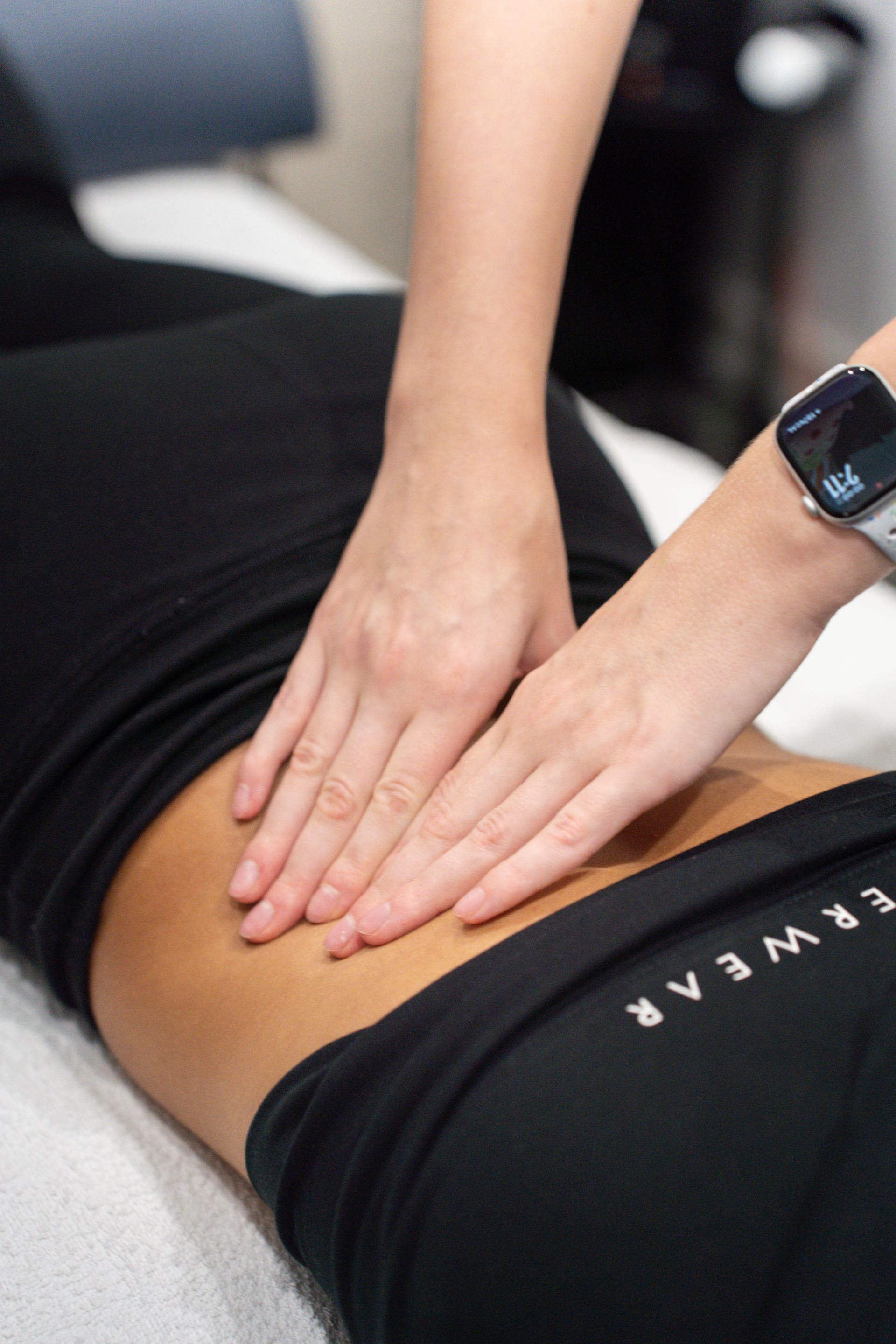
- Our approach focuses on long term results.
- We diagnose the root cause of your pain.
- We create a custom rehab plan.
- We provide education on prevention.
Hands on Therapies & Modalities
Once we have established a diagnosis, we use a range of hands on treatment techniques to ease your pain and restore movement. These are tailored to your specific condition and may include:
- Spinal mobilisation or manipulation.
- Soft tissue release and dry needling.
- Neurodynamic mobilisation for nerve tension.
Exercise & Customised Rehab
Exercise is a cornerstone of our physiotherapy intervention. We design customised rehabilitation plans to get you stronger, faster, and more confident in your body. Your program may include:
- Targeted stretches for tight muscles (e.g., hip flexors).
- Specific strengthening exercises for weak glutes and core.
- Motor control exercises to restore coordination and control.
The Role of Patient Education
It’s not just about what we do in the clinic; it’s about empowering you. We teach you how to prevent future flare ups by providing clear education on body mechanics, posture, and pain management. Our goal is to help you feel confident in your body again.
- We identify the source of your pain.
- We guide you on posture and lifting techniques.
- We empower you to prevent future injuries.
Simple Strategies for At Home Relief & Prevention
While these strategies can help ease symptoms in the short term, they’re not a replacement for proper treatment. Seeing a physiotherapist early helps you avoid long term issues and repeated flare ups.
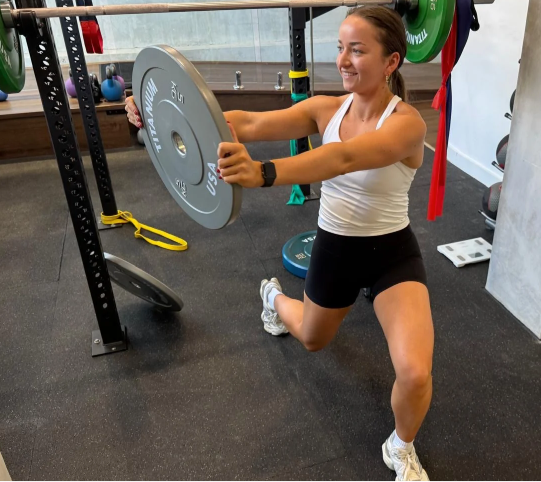
- Simple strategies you can adopt today.
- Quick tips for pain relief.
- The importance of keeping moving.
- The role of posture and movement.
Quick Tips to Try Today
- Keep moving (gently): Prolonged sitting or standing can make pain worse. Try gentle walks or light movement to reduce stiffness.
- Be mindful of posture: Especially when working at a desk or driving. Poor posture over time can overload your lower back.
- Use an ice pack: Ice can temporarily reduce inflammation and ease pain.
The Importance of Posture and Movement
Our bodies are not designed to sit still for hours. Poor posture can overload your lower back over time. Regular movement and breaks are a simple yet effective way to alleviate strain. It is also important to consider the role of genetics, stress levels, and age as risk factors for lower back pain.
- Stress, weight gain, and age can increase risk.
- Poor posture overloads your lower back.
Exercises for Lower Back Pain
Effective exercises are crucial for treating low back pain. Our team will guide you through the right stretches and strengthening exercises. You can even find some examples in our Exercise Hub at Back on Track Sports Physiotherapy.
- Exercises are a cornerstone of our intervention.
- Strengthening weak muscles.
Why Back On Track Sports Physiotherapy is the Right Choice
We’re more than just your average physio clinic. Here’s what sets us apart in Glen Iris:
- Highly qualified team: Including APA Titled Sports & Exercise Physiotherapists.
- Hands on care every session: No rushed appointments or cookie cutter programs.
- Diverse specialisations: Sports Physiotherapy, Women’s Health, Mandarin speaking Physiotherapists, and acute injury management.
- Modern clinic: In the heart of Glen Iris with private treatment rooms.
- Evidence based care: With clear guidance every step of the way.
Our Comprehensive Assessment
At your first physio appointment, we’ll perform a full assessment to understand what’s really causing the pain. Once we’ve established your clinical diagnosis, we use a range of hands on treatment techniques, such as manual therapy, dry needling, or soft tissue release, depending on what’s most appropriate to help ease your pain and restore movement.
- Our comprehensive assessment finds the root cause.
- We provide a clinical diagnosis.
Our Expert & Qualified Team
Our physiotherapists have consulted on injuries and treatment at the highest levels, and have had experience playing sports. There is no injury too big or too small for us, and we always set out with the goal of providing the most effective treatment method for each particular injury.
- Our physios have experience at elite levels.
- We understand sports related injuries.
Why Early Treatment is Best
Many people delay seeing a physio, only to end up in more pain and needing more sessions. The truth is, the earlier you get your pain assessed, the easier it is to treat. Early treatment is crucial for better management and avoiding long term issues.
- Early treatment prevents long term issues.
- Early assessment equals faster recovery.
Conclusion
This comprehensive guide has provided you with a clear pathway for lower back pain relief. We've covered the causes, treatments, and home strategies, all while highlighting why early physiotherapy is the smartest choice for lasting recovery.
At Back On Track Sports Physiotherapy, your journey to moving better and feeling better is our priority. We are dedicated to providing personalised, evidence based care.
Take your next step towards a pain free life by contacting our
expert team today or
book your appointment online for tailored physiotherapy recovery.
References / Resources
Healthdirect Australia Low back pain.
📍 Visit us at 19–21 High Street Glen Iris, Melbourne
🕒 Open 7 days a week
💻 Book online at www.backontracksportsphysiotherapy.com.au
?? Or call 03 9813 8852 — and let’s get your body back on track.


